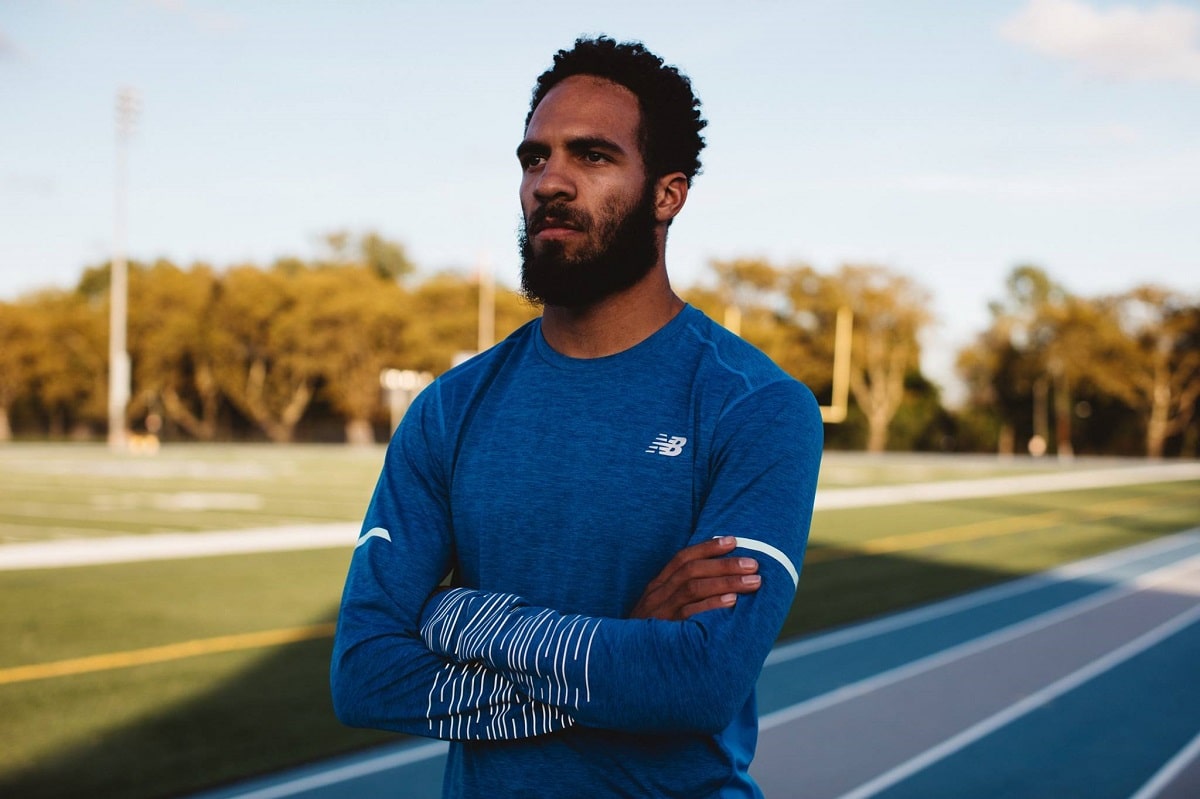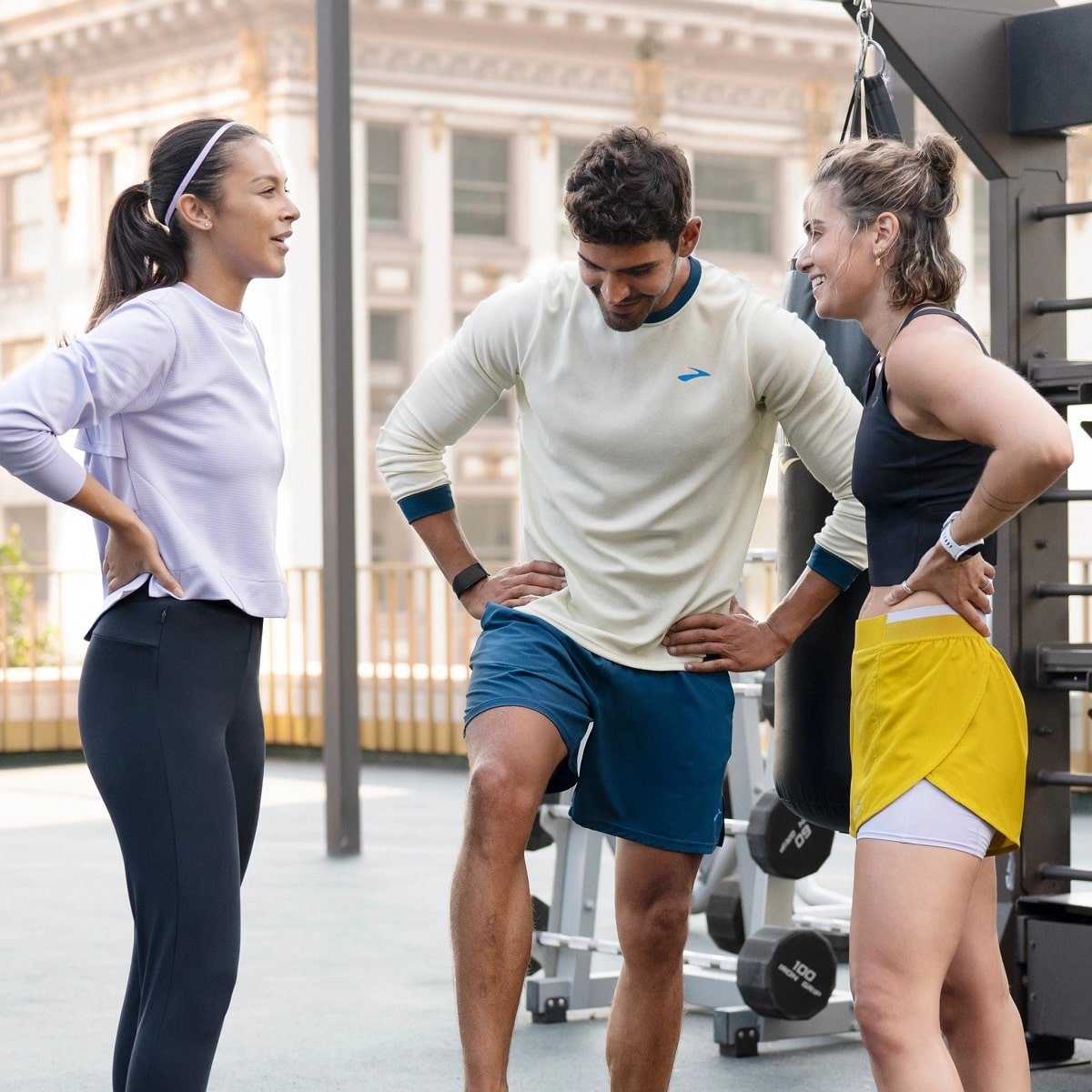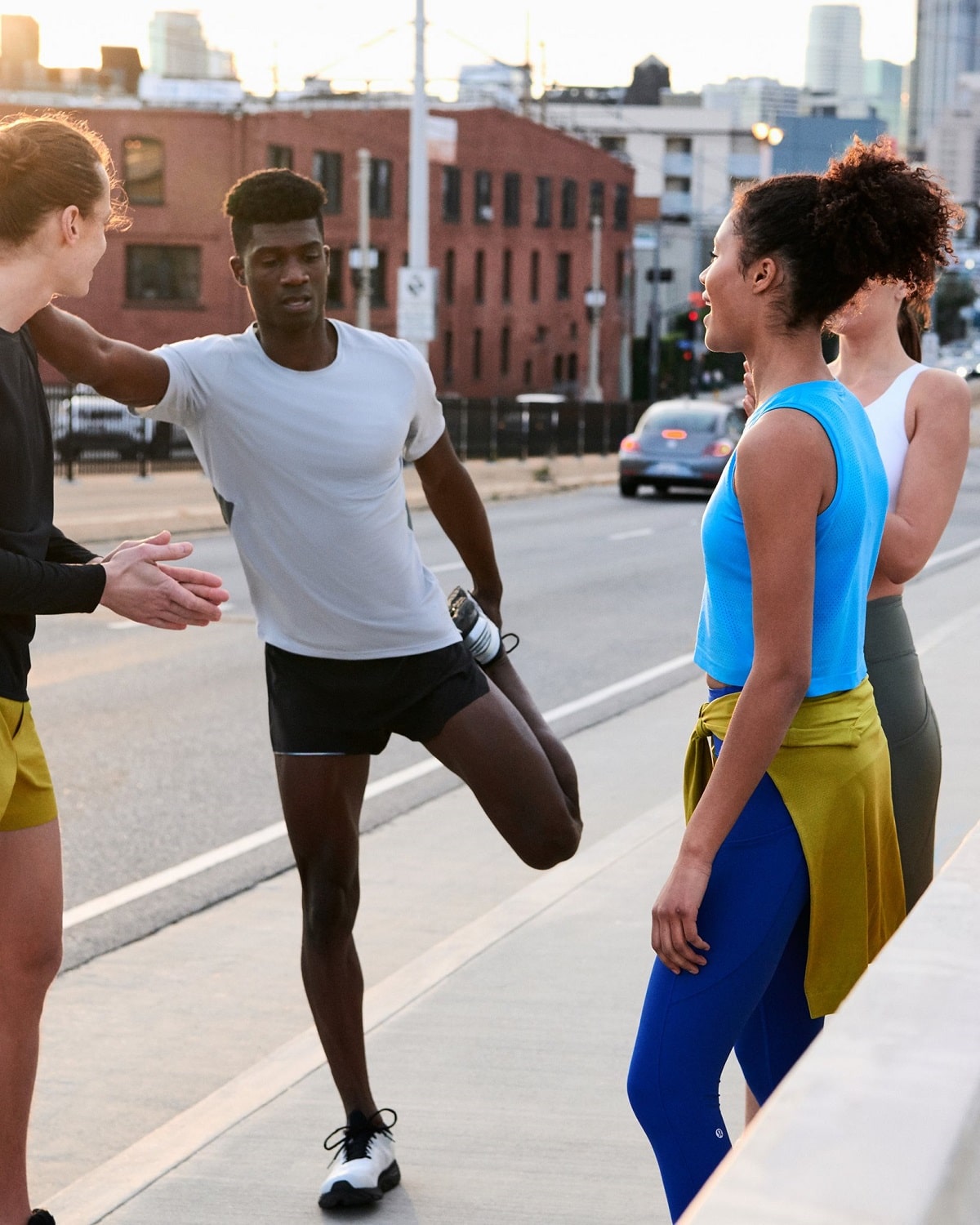1
HOME > Health & Fitness >
HOW TO BE SMARTER ABOUT YOUR CHOICE OF WORKOUT WEAR
Written by Menswear Style in Health & Fitness on the 9th September 2022

Believe it or not, the clothes you wear to exercise can really affect the way you feel during and after a workout. At the very least, you’ll want an outfit that won’t restrict your movement when you hit the road or the gym. But workout clothes that fit you properly and are made of the right materials can do much more than help you move easily. They can help keep you cool and draw the sweat away from your skin as well, enabling you to exercise comfortably for longer. Unfortunately, the athletic wear industry can leave a lot to be desired when it comes to designing workout gear for the best possible fit and feel. Many workout clothes you can get off the rack are likely to be made of poorly chosen fabrics that don’t breathe or stretch as well as they should. They’re also prone to fit issues like awkwardly placed seams, which can chafe and cause discomfort with repeated movement. While many big brands pump out suboptimal exercise wear season after season, you may find more success with smaller labels that make specialized workout clothes for specific kinds of exercise. Knowing how to choose your activewear properly can also save you plenty of time, money, and energy. Try the following tips and you’ll be making smarter workout wear choices in no time.
Determine What a Good Fit Feels Like
Most people are used to their off-the-rack exercise clothes just being uncomfortable in some way, but it doesn’t have to be that way. Athletic wear that is well-designed is much more thoughtfully made, with careful consideration given to how the clothes are meant to sit on your body and move with you. To find workout wear that fits you well, you have to know what you’re looking for. Here’s how to evaluate your activewear for proper fit, piece by piece:

Workout Bottoms
If it’s tights or leggings you’re shopping for, base the fit on the kind of activity you intend to do in them. Running tights, for instance, should fit you snugly but not so tightly that they cut off your circulation. In contrast, you’ll want compression leggings to feel as tight as is comfortable for you to wear, but skip any pairs that dig painfully into your skin. Lower-impact forms of exercise like martial arts or yoga call for a more relaxed but still supportive fit—just tight enough to stay in place without hampering your movement. In general, you want leggings and tights to hug your legs and waist. Don’t bother with pairs that feel loose in the butt or bunch around your knees or ankles, as these problem areas will only worsen with time, wear, and repeated washing. With looser track pants or shorts, you should be able to tell right away if the garment fits you just right, because it should essentially just slide on without too much effort. Avoid bottoms that feel too tight or too bulky. If you end up having to pull on the drawstrings, inseam, or waistband to make a piece fit comfortably, it’d also be better for you to give it a pass.
Workout Tops
No matter how you choose to work out, certain parts of the upper body will be working harder than others when you move through an exercise routine. These are usually your shoulders, your chest, your upper back, and your underarms. Hence, you’ll want your exercise tank tops or T-shirts to fit you perfectly in those particular areas. If a particular piece is too snug or too loose here, set it aside and keep looking.
Workout Jackets, Hoodies, and Other Outerwear
Outerwear worn for exercise purposes should fit comfortably over your base layer and afford you good flexibility. Choose a silhouette that’s streamlined and not baggy, as excess fabric will only get in your way and slow you down as you work out. Tailored styles with darts in the back that make the jacket sit closer to the body are always a good choice. As with any jacket, you want to be able to fasten your workout jackets all the way up your neck with room to spare. Make sure the sleeves cover your wrists and the neckline leaves your neck free and unrestricted.

Choose the Right Materials
Workout clothes made with greater attention to fit will also generally be made from high-quality, exercise-appropriate fabrics. Look for breathable synthetic materials with good moisture-wicking properties, as these will pull your sweat away from your skin and help it evaporate faster, keeping you cool for longer. These materials will also last much longer than the low-cost fabrics used by some brands, which are prone to stretching, warping, and wearing out after only a few uses. While cotton is wonderfully soft and feels great on the skin, you’re better off skipping cotton shirts and pants for exercise. Cotton tends to absorb moisture instead of wicking it away, which means that your workout clothes are going to get increasingly heavy, wet, and uncomfortable as you exercise. Lastly, you’ll definitely want to pass up fabrics that don’t breathe well, as these will only serve to trap heat during your workout. Avoid rubber-based and plastic-based materials at all costs.
Get Workout Clothes for All Seasons
Your workout outfits may have to change with the weather and the time of year, especially if you play outdoor sports or exercise outside regularly. For instance, during the hot summer months, clothes with top-notch breathability and moisture-wicking capabilities are an absolute must. Prioritize comfortably fitted pieces that allow you to move freely. If you still want to work out with a jacket on, vent panels are useful for temperature regulation. Cold weather means you’ll have to bundle up a bit more when heading outdoors but bear in mind that exercise will crank up your heart rate and body temperature. With that in mind, dress for higher temperatures than the current outside temperature, in layers that you can remove once you feel yourself getting too warm. Moisture-wicking clothing should make up your innermost layer, then add an extra layer of insulation over that. Keep your ears, hands, and head covered at all times to protect them from the cold. If you live in a place where the weather tends to be unpredictable, or if you’re the type who doesn’t mind risking an outdoor workout on an overcast day, make sure to protect yourself from the elements. A water-resistant jacket or windbreaker should help you stay relatively dry and comfortable until you can get to shelter. Quality workout wear may take a bit more time and effort to shop for, and it may also require a bit more of a monetary investment. However, it will all be worth it when you discover how much good clothes can improve your workout experience. Better gear will last longer, fit you more comfortably, and even help make working out more enjoyable.
Trending
2
3
4
5
6
7
8
9
10









